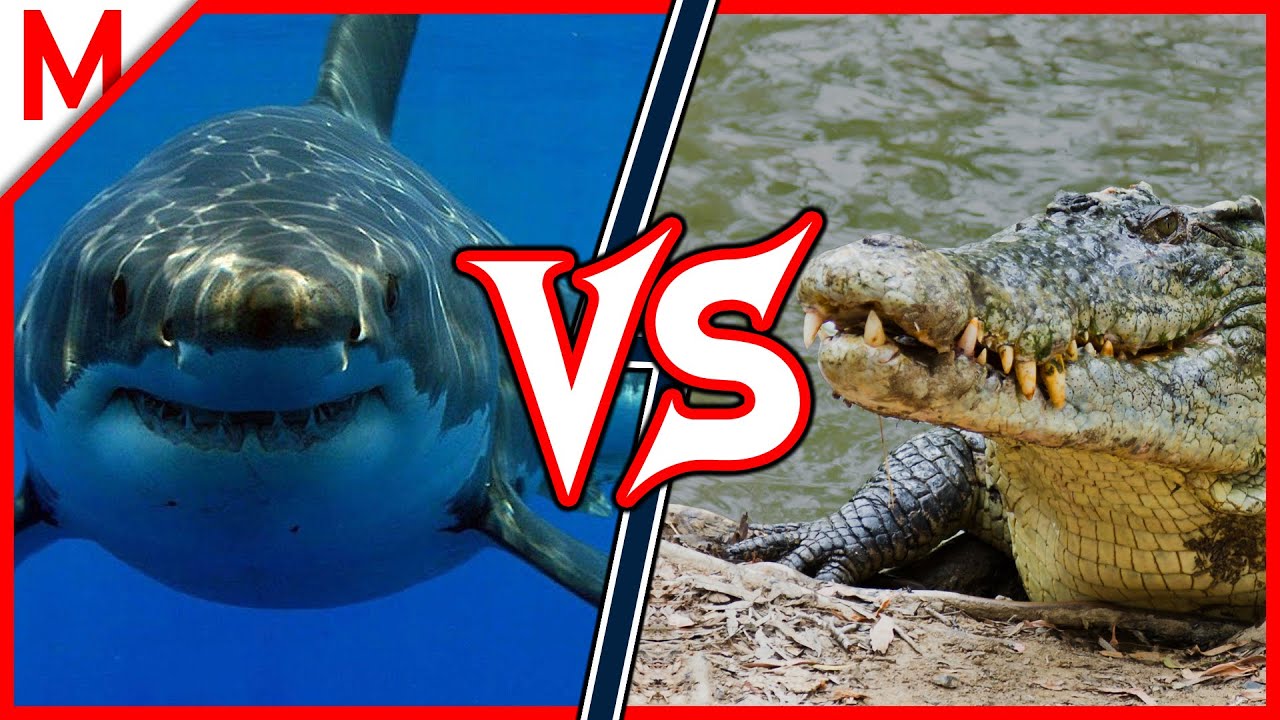The Great White Shark and the Saltwater Crocodile are two apex predators that inhabit different environments but share similar characteristics. The Great White Shark is the largest predatory fish in the ocean, known for its streamline body, powerful jaws, and incredible speed. On the other hand, the Saltwater Crocodile is the largest living reptile, with a muscular body, strong jaws, and powerful bite. The hunting techniques differ, with the shark relying on stealth and surprise attacks while the crocodile patiently stalks its prey. Both species are well-adapted to their habitats, and while attacks on humans are rare, caution is needed when in their territories. Overall, understanding and conserving these creatures are essential for maintaining a balanced ecosystem.
Introduction
The oceans and rivers are home to some of the most formidable predators on Earth, each with its unique set of skills and characteristics. Two of the most dominant apex predators are the Great White Shark and the Saltwater Crocodile. While they inhabit different environments, they share similar characteristics that make them fearsome and efficient hunters. In this article, we will compare and contrast these two apex predators to gain a better understanding of their strengths, weaknesses, and overall superiority in their respective habitats.
Physical Attributes
The Great White Shark, known for its streamline and torpedo-shaped body, is the largest predatory fish in the ocean, capable of reaching lengths up to 20 feet and weighing over 5,000 pounds. It possesses a powerful jaw armed with rows of razor-sharp teeth designed for tearing apart its prey. The shark’s sleek body allows it to swim effortlessly and reach incredible speeds, making it a formidable force in the water.
On the other hand, Saltwater Crocodiles are the largest living reptiles in the world, with males reaching lengths of up to 23 feet and weighing over 2,000 pounds. Their muscular bodies, covered in tough scaly skin, are built to withstand the immense pressure and forces of water. With strong jaws filled with sharp teeth, the crocodile has one of the most powerful bites of any living creature.
Hunting Techniques
Great White Sharks are known for their stealthy hunting techniques. They primarily rely on their incredible sense of smell to detect prey from a distance. Once a potential target is located, the shark will swim silently and approach its prey from below, relying on the element of surprise to launch a devastating attack. They use their strong jaws and serrated teeth to deliver a single, powerful bite, often incapacitating the prey instantly.
Saltwater Crocodiles, on the other hand, use a more patient approach when hunting. They are known for stalking their prey using stealth and camouflage, often remaining partially submerged in water with only their eyes and nostrils visible. The crocodile waits patiently for an opportune moment to strike, using its powerful tail to propel itself quickly and snatch its prey with a swift movement. Once captured, it will drag the prey underwater to drown it, utilizing its immense strength.
Habitat and Adaptation
The Great White Shark is a creature of the open ocean, primarily found in coastal areas where its prey is abundant. Its streamlined body allows it to traverse large distances, making it highly adaptable to a wide range of oceanic environments. The shark’s powerful muscles, unique gill structure, and large liver enable efficient swimming and oxygen intake, allowing it to remain at the top of the food chain.
Saltwater Crocodiles are apex predators in rivers, estuaries, and coastal areas. They are well-suited for an amphibious lifestyle, with adaptations that allow them to spend extended periods in both freshwater and saltwater habitats. Their powerful muscles and tough scaly skin provide protection and agility in dense vegetation and allow them to tolerate brackish water environments. Their strong tails enable rapid movement both in water and on land.
Interactions with Humans
Both the Great White Shark and the Saltwater Crocodile have been known to interact with humans, sometimes with fatal consequences. While attacks on humans are relatively rare, the Great White Shark has gained notoriety due to its involvement in a few high-profile incidents. However, it is essential to note that these occurrences are often a result of mistaken identity or curiosity rather than deliberate attacks.
Saltwater Crocodiles, on the other hand, are responsible for more human fatalities than any other species of crocodile or alligator. This is particularly true in regions where humans and crocodiles share overlapping habitats. Their ability to swiftly ambush prey makes them a formidable threat to unsuspecting individuals near the water’s edge. It is crucial to exercise caution and respect when in areas known to be inhabited by these creatures.
In Conclusion
Both the Great White Shark and the Saltwater Crocodile are truly remarkable apex predators, each uniquely adapted to its environment. While the shark reigns supreme in the open ocean, the crocodile dominates the rivers and estuaries. Both possess incredible strength, stealth, and hunting abilities, making them fearsome predators. Understanding their distinct characteristics and behaviors helps us appreciate these magnificent creatures and reinforces the importance of ocean and habitat conservation to maintain the delicate balance of nature.
